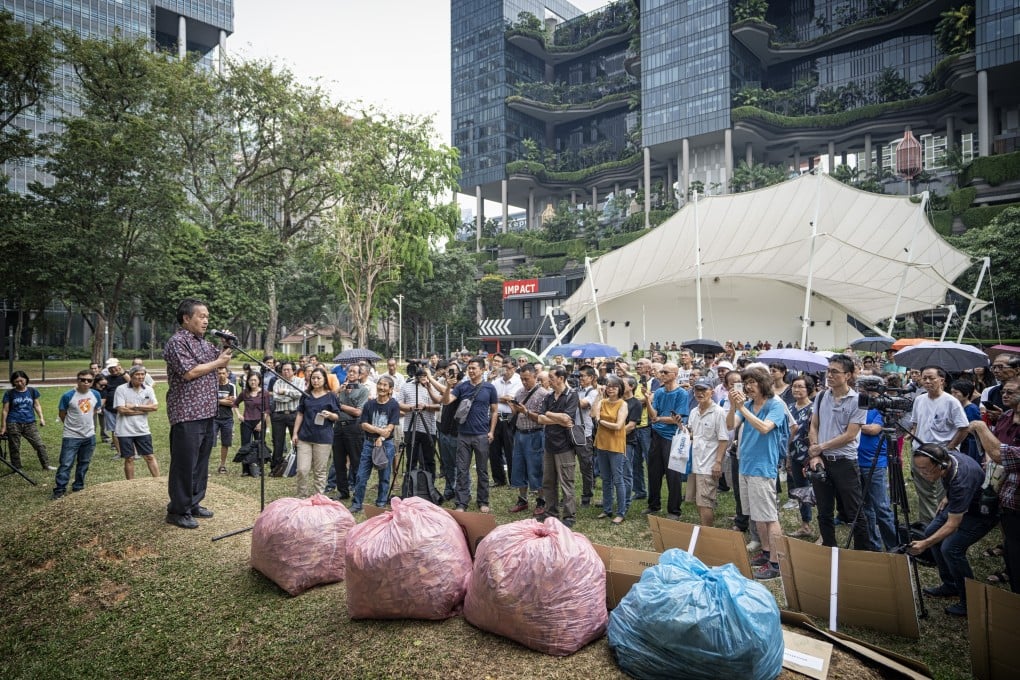How Singapore’s corporate darling Hyflux and founder Olivia Lum fell from grace
- The firm put Singapore on the map as a water treatment innovator and made its founder rich; now it owes billions and is staving off bankruptcy
- The fiasco has become a case study for corporate governance gaps in Singapore – but was it all just a case of a ‘basic mistake’?

And for a long time, Hyflux was a corporate darling in the city state.
Lum became a Nominated Member of Parliament and a poster child for innovation and entrepreneurship. She became Her World magazine’s Woman Of The Year in 2003, was worth hundreds of millions of dollars, and ranked in various Forbes’ lists.

But in May 2018, Hyflux surprised the world when it called for a halt on trading, and four days later, said it had applied to the Singapore High Court to begin reorganising its liabilities and businesses. By then, it already had a global presence and employed more than 2,500 people.
Its liabilities added up to a whopping S$2.95 billion. Under a new law to deal with corporate insolvencies and restructuring, 19 banks banded together as an unsecured working group (UWG) holding more than US$931 million of debt; another S$900 million is owed to 34,000 retail investors, who are mostly based in Singapore, holding Hyflux’s perpetual and preference shares (PnPs). These shares trade on the Singapore stock exchange and it is up to the company when to redeem this from the investors.